Home>Maintenance & Safety>Child & Elderly Safety at Home>What Kind Of Sippy Cup Is Best?
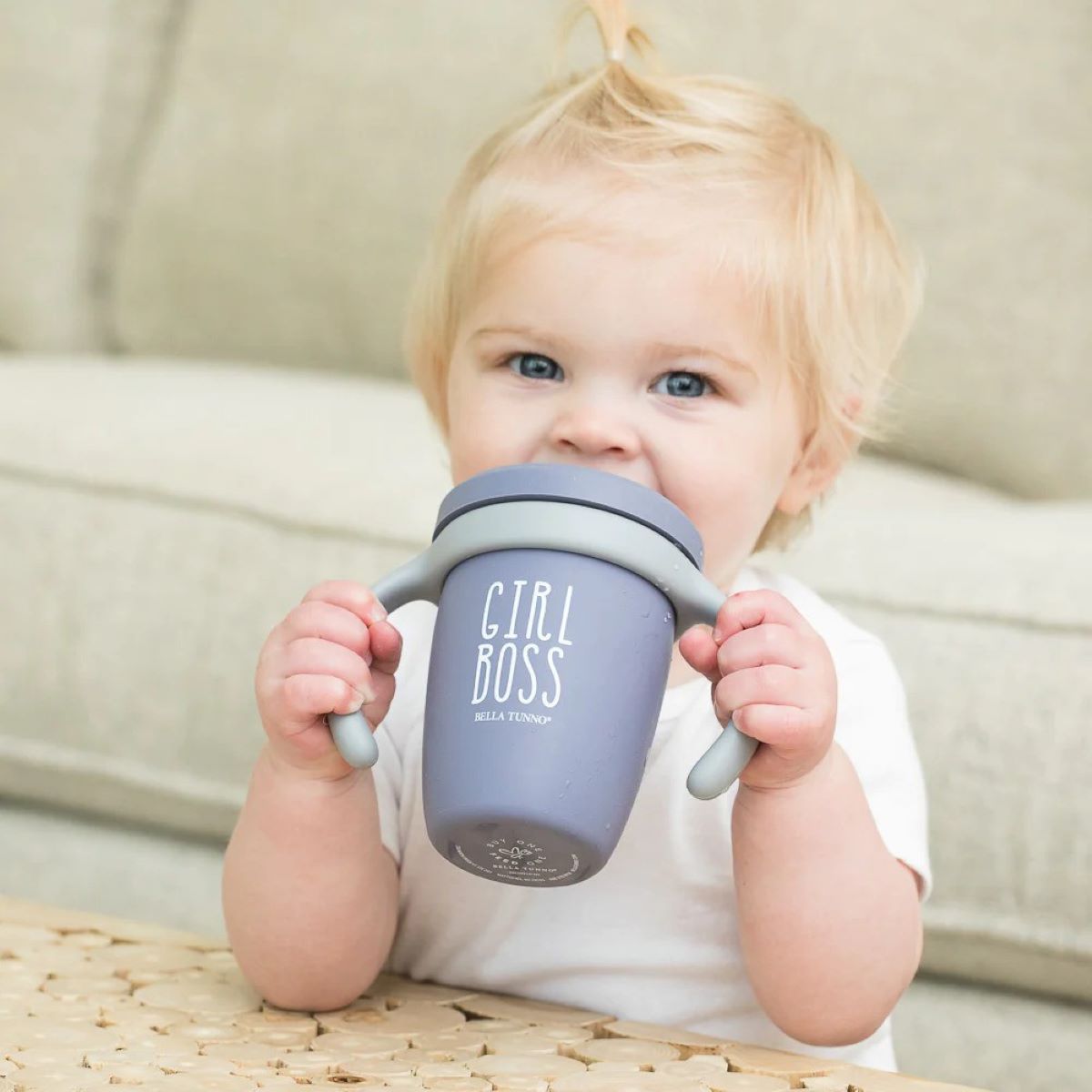

Child & Elderly Safety at Home
What Kind Of Sippy Cup Is Best?
Modified: February 18, 2024
Discover the best sippy cup for your child while prioritizing safety at home. Learn about child and elderly safety measures to ensure a secure environment.
(Many of the links in this article redirect to a specific reviewed product. Your purchase of these products through affiliate links helps to generate commission for Storables.com, at no extra cost. Learn more)
Introduction
When it comes to keeping our little ones safe and sound, every parent wants the best for their child. One of the essential items for toddlers and young children is a sippy cup. These spill-proof cups are designed to help children transition from bottles to regular cups while minimizing messes and accidents. However, with a plethora of options available in the market, choosing the right sippy cup can be overwhelming. From material and spout type to size and shape, there are several factors to consider to ensure the safety and well-being of our precious little ones.
In this comprehensive guide, we will delve into the key considerations for selecting the best sippy cup for your child. By understanding the various aspects of sippy cups, you can make an informed decision that prioritizes safety, functionality, and ease of use. Let's explore the different factors that play a crucial role in determining the most suitable sippy cup for your child's needs.
Key Takeaways:
- Choose a sippy cup made of safe materials like stainless steel, silicone, or tempered glass to keep your child healthy and the planet happy. Look for BPA-free and phthalate-free options for extra safety.
- Pick a sippy cup with a spout type that suits your child’s age and needs, whether it’s soft, hard, straw, or 360-degree. The right size, shape, and easy-to-clean features will make drinking fun and safe for your little one.
Read more: What Is A Sippy Cup?
Material
The material of a sippy cup is a fundamental aspect that directly impacts the safety and well-being of your child. When it comes to material, there are several options available, each with its own set of advantages and considerations.
-
Plastic:
- Plastic sippy cups are lightweight and durable, making them a popular choice for parents. However, it's crucial to opt for BPA-free and phthalate-free plastic cups to ensure that harmful chemicals do not leach into the beverages. Look for cups labeled as "BPA-free" to prioritize your child's safety.
-
Stainless Steel:
- Stainless steel sippy cups are gaining popularity due to their durability and non-toxic properties. They are free from harmful chemicals and are excellent at retaining the temperature of the beverages. Additionally, stainless steel cups are easy to clean and maintain, making them a reliable choice for parents seeking a safe and eco-friendly option.
-
Silicone:
- Silicone sippy cups are soft, flexible, and free from BPA and other harmful chemicals. They are gentle on the gums and teeth, making them suitable for young children. Silicone is also a durable material that can withstand frequent use and cleaning, providing a long-lasting solution for parents.
-
Glass:
- Glass sippy cups are an eco-friendly and non-toxic option for parents who prioritize sustainability and safety. While they are breakable, many glass sippy cups are designed with protective silicone sleeves to minimize the risk of shattering. It's important to choose tempered glass cups that are specifically designed for children to ensure their safety.
When considering the material of a sippy cup, it's essential to prioritize safety, durability, and ease of cleaning. Additionally, understanding the specific properties of each material can help you make an informed decision that aligns with your child's needs and your preferences as a parent. By selecting a sippy cup made from a safe and reliable material, you can provide your child with a secure and enjoyable drinking experience while promoting their overall well-being.
Spout Type
The spout type of a sippy cup plays a pivotal role in determining the ease of use, spill prevention, and oral development for young children. When selecting a sippy cup, it's essential to consider the various spout types available and their respective benefits. Understanding the characteristics of each spout type can help parents make an informed decision that caters to their child's specific needs and developmental stage.
Spout Types:
-
Soft Spout: Sippy cups with soft spouts are designed to mimic the feel of a traditional bottle nipple, providing a familiar and comforting experience for infants transitioning to cups. The soft, silicone spout is gentle on the gums and teeth, making it suitable for early stages of cup introduction. Additionally, the flexibility of the soft spout promotes oral motor development and encourages proper swallowing patterns.
-
Hard Spout: Sippy cups featuring hard spouts are ideal for older infants and toddlers who have developed stronger jaw muscles. The rigid spout offers durability and resistance to chewing, making it a practical choice for active toddlers. Hard spouts are also beneficial for promoting the transition to regular cups, as they resemble the firmness of traditional drinking vessels.
-
Straw Spout: Sippy cups with straw spouts are designed to encourage sipping, which supports the development of oral motor skills and coordination. The use of a straw spout can aid in tongue and lip control, contributing to the refinement of drinking abilities. Additionally, straw spouts promote upright drinking, which is beneficial for oral health and swallowing function.
-
360-Degree Spout: Innovative 360-degree spout sippy cups are engineered to allow drinking from any edge of the cup, eliminating the need for specific spout orientation. This design promotes natural drinking movements and helps toddlers transition to regular open cups seamlessly. The spill-proof feature of 360-degree spout cups provides convenience for both parents and children while minimizing messes.
By understanding the distinct characteristics of each spout type, parents can select a sippy cup that aligns with their child's developmental stage and drinking preferences. Whether prioritizing gentle oral stimulation for infants or promoting independent drinking for toddlers, the spout type plays a crucial role in enhancing the safety and functionality of sippy cups. Ultimately, choosing the most suitable spout type can contribute to a positive and nurturing drinking experience for young children.
Size and Shape
The size and shape of a sippy cup are significant considerations that directly impact its usability, comfort, and practicality for young children. When selecting a sippy cup, parents must take into account the dimensions, ergonomics, and capacity to ensure that the cup is well-suited to their child's age, motor skills, and drinking habits.
Read more: Which Sippy Cup Is Best For Teeth?
Size:
The size of a sippy cup plays a crucial role in providing a comfortable and manageable drinking experience for children. For infants and younger toddlers, smaller cup sizes are preferable, as they are easier to hold and maneuver. Compact cups with ergonomic handles or grips can facilitate independent drinking and promote the development of fine motor skills. As children grow, larger cup sizes become more suitable, accommodating their increased fluid intake and evolving coordination.
Shape:
The shape of a sippy cup contributes to its functionality and ease of use. Cups with contoured or curved designs are ergonomically beneficial, fitting comfortably in a child's hand and promoting a natural drinking posture. Additionally, tapered or non-slip shapes enhance the cup's stability, reducing the likelihood of accidental spills and supporting children in mastering the art of drinking from a cup. The shape of the cup also influences the ease of cleaning, with smooth, rounded surfaces simplifying the maintenance process for parents.
Capacity:
The capacity of a sippy cup determines the volume of liquid it can hold, catering to the varying hydration needs of children at different stages of development. Smaller capacities are suitable for younger children who consume smaller quantities of fluids at a time, while larger capacities accommodate the increased thirst of older toddlers and preschoolers. It is essential to strike a balance between capacity and portability, ensuring that the cup is neither too heavy nor too cumbersome for children to handle comfortably.
By considering the size, shape, and capacity of a sippy cup, parents can select a cup that aligns with their child's age, motor skills, and drinking patterns. The thoughtful design of the cup can enhance the overall drinking experience, promote independence, and contribute to the safety and well-being of young children. Ultimately, choosing a sippy cup with the right size and shape is a valuable investment in nurturing healthy drinking habits and fostering developmental milestones in children.
Cleaning and Maintenance
Ensuring the cleanliness and hygiene of a sippy cup is paramount to safeguarding the health of young children. Proper cleaning and maintenance not only prevent bacterial growth and contamination but also prolong the longevity of the cup, promoting a safe and reliable drinking experience.
Dishwasher-Safe Components
Many modern sippy cups feature dishwasher-safe components, such as the body, lid, and sometimes the spout. This convenience simplifies the cleaning process for parents, allowing for thorough sanitization without the need for intricate disassembly. When selecting a sippy cup, opting for dishwasher-safe components can streamline maintenance and ensure that the cup remains free from harmful germs and residue.
Detachable Parts
Sippy cups with detachable parts, including spouts, valves, and handles, facilitate comprehensive cleaning by enabling access to hard-to-reach areas. The ability to disassemble the cup into individual components enhances the removal of trapped liquids and residues, reducing the risk of bacterial buildup. Additionally, detachable parts promote thorough inspection for wear and tear, ensuring that the cup remains in optimal condition for safe and hygienic use.
Non-Porous Materials
Selecting sippy cups made from non-porous materials, such as stainless steel and silicone, minimizes the retention of odors, stains, and bacteria. Non-porous surfaces are inherently resistant to microbial growth, simplifying the cleaning process and maintaining the purity of the cup. Furthermore, non-porous materials are less prone to discoloration and degradation, preserving the aesthetic and functional integrity of the sippy cup over time.
Regular Inspection
Routine inspection of sippy cups is essential to identify signs of wear, damage, or deterioration. Cracks, scratches, or weakened seals can compromise the safety and effectiveness of the cup, potentially posing hazards to children. By regularly examining the condition of the cup and its components, parents can address any issues promptly, ensuring that the sippy cup remains a reliable and secure vessel for beverages.
Read more: How Old For A Sippy Cup?
Thorough Drying
After cleaning, thorough drying of the sippy cup and its components is crucial to prevent moisture-related issues, such as mold and mildew. Proper air-drying or towel-drying ensures that no residual moisture lingers within the cup, preserving its cleanliness and preventing the proliferation of harmful microorganisms. Adequate drying also contributes to the maintenance of the cup's structural integrity, preventing degradation caused by prolonged exposure to moisture.
By prioritizing thorough cleaning and meticulous maintenance, parents can uphold the safety, functionality, and longevity of sippy cups, providing children with a consistently secure and enjoyable drinking experience. Implementing proper cleaning practices and vigilance in maintenance not only safeguards the health of young ones but also promotes peace of mind for parents, knowing that their child's sippy cup is a reliable and hygienic companion throughout their developmental journey.
Conclusion
In conclusion, selecting the best sippy cup for your child involves a thoughtful consideration of various factors, each of which contributes to the safety, functionality, and overall experience of the cup. From the material and spout type to the size, shape, and cleaning aspects, every element plays a crucial role in nurturing healthy drinking habits and promoting the well-being of young children.
By prioritizing BPA-free and phthalate-free materials, such as stainless steel, silicone, or tempered glass, parents can ensure that their child's sippy cup is free from harmful chemicals and toxins. This not only safeguards the child's health but also aligns with eco-friendly and sustainable practices, contributing to a healthier planet for future generations.
The choice of spout type, whether soft, hard, straw, or 360-degree, directly influences the child's oral development, motor skills, and drinking independence. Understanding the unique benefits of each spout type empowers parents to select a cup that caters to their child's specific needs and developmental stage, fostering a positive and nurturing drinking experience.
Furthermore, considering the size, shape, and capacity of the sippy cup is essential in providing children with a comfortable, manageable, and age-appropriate drinking vessel. The thoughtful design of the cup not only enhances its usability but also promotes independence, fine motor skills, and healthy hydration habits in children.
Lastly, prioritizing thorough cleaning, maintenance, and hygiene practices ensures that the sippy cup remains a safe, reliable, and hygienic companion for children. By selecting cups with dishwasher-safe components, detachable parts, and non-porous materials, parents can streamline the cleaning process and uphold the purity of the cup, safeguarding their child's health and well-being.
In essence, the best sippy cup for your child is one that prioritizes safety, functionality, and ease of use while nurturing their developmental milestones and promoting healthy drinking habits. By understanding the crucial considerations outlined in this guide, parents can make informed decisions that align with their child's needs, preferences, and overall well-being, ensuring that their little ones have a secure and enjoyable drinking experience as they embark on their journey of growth and discovery.
Frequently Asked Questions about What Kind Of Sippy Cup Is Best?
Was this page helpful?
At Storables.com, we guarantee accurate and reliable information. Our content, validated by Expert Board Contributors, is crafted following stringent Editorial Policies. We're committed to providing you with well-researched, expert-backed insights for all your informational needs.
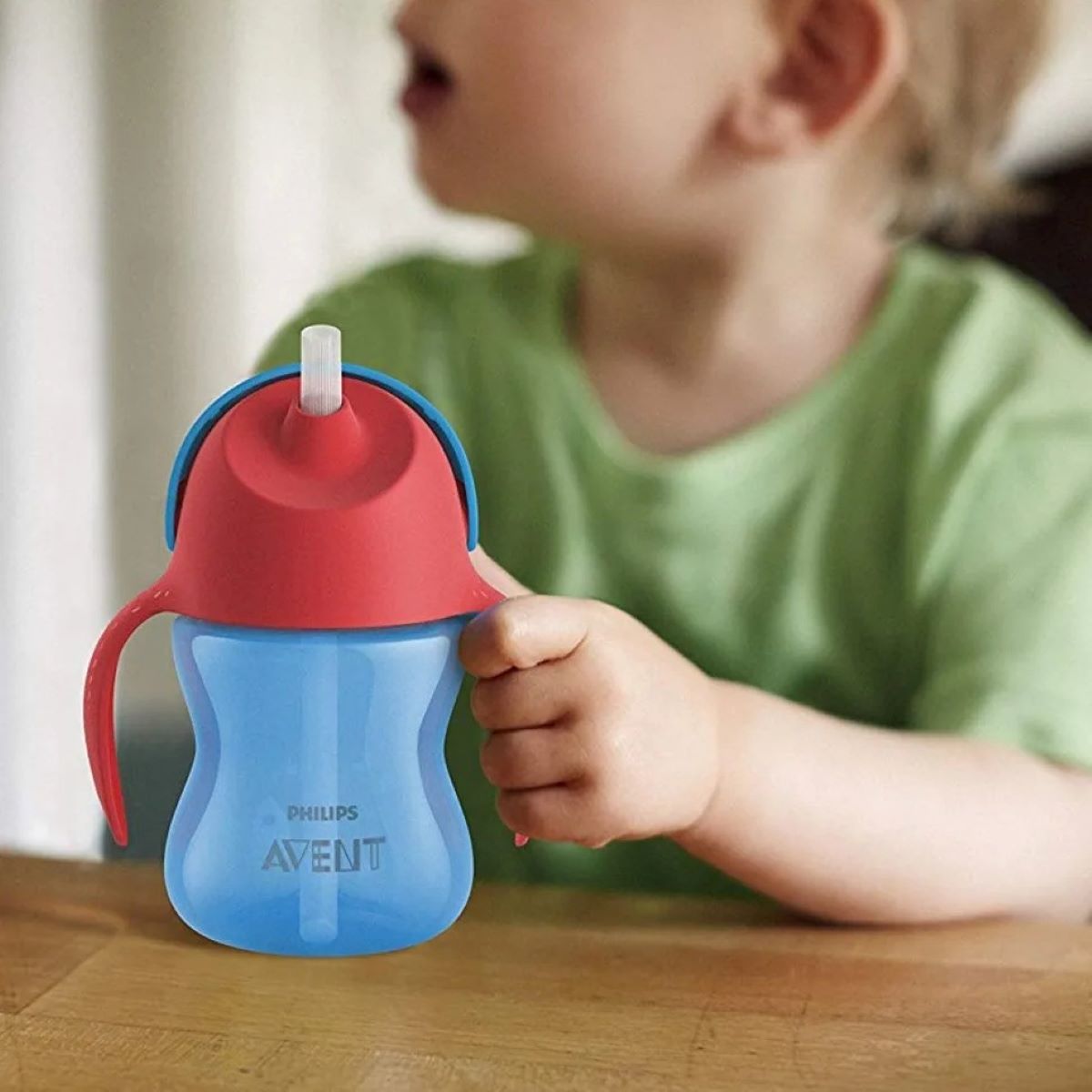
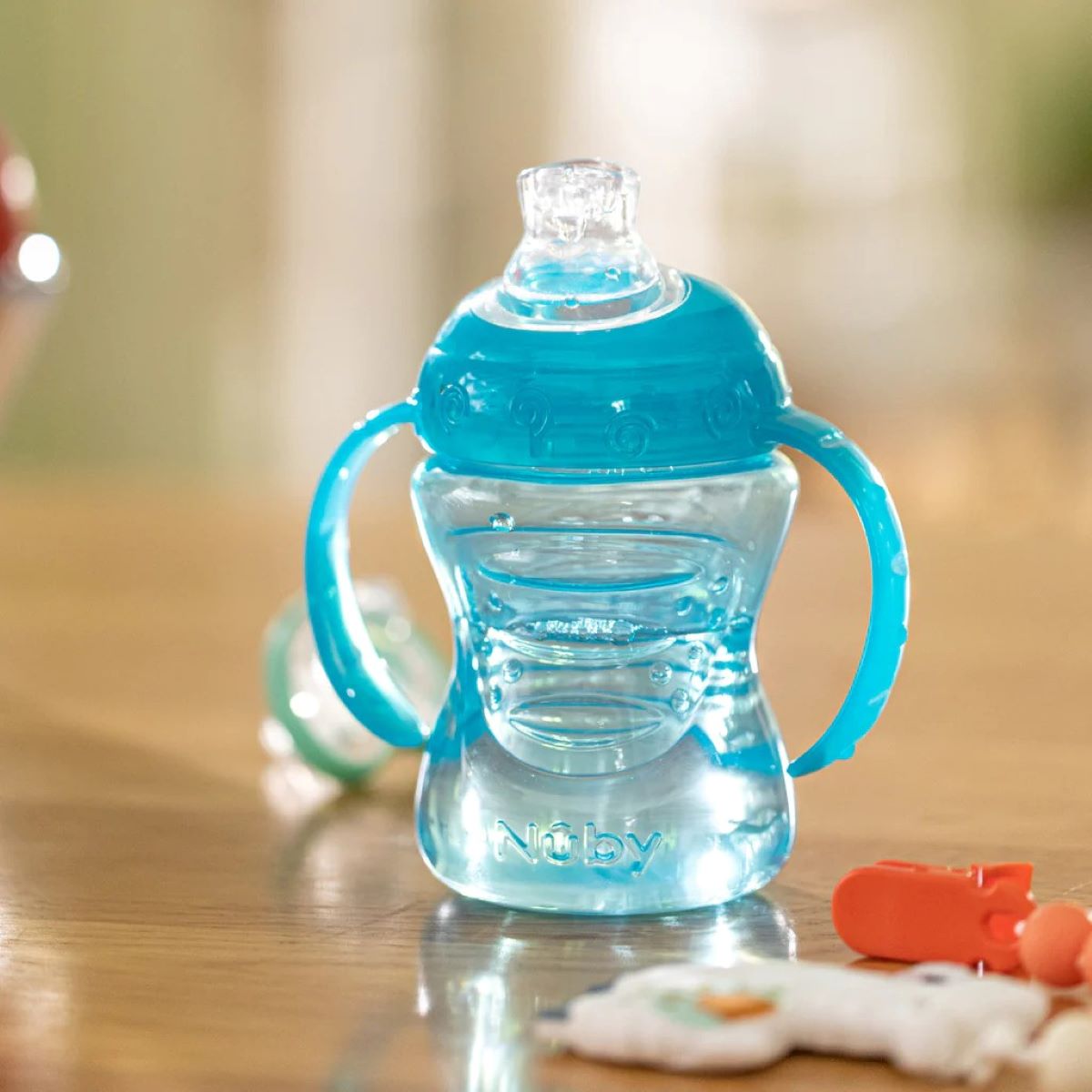
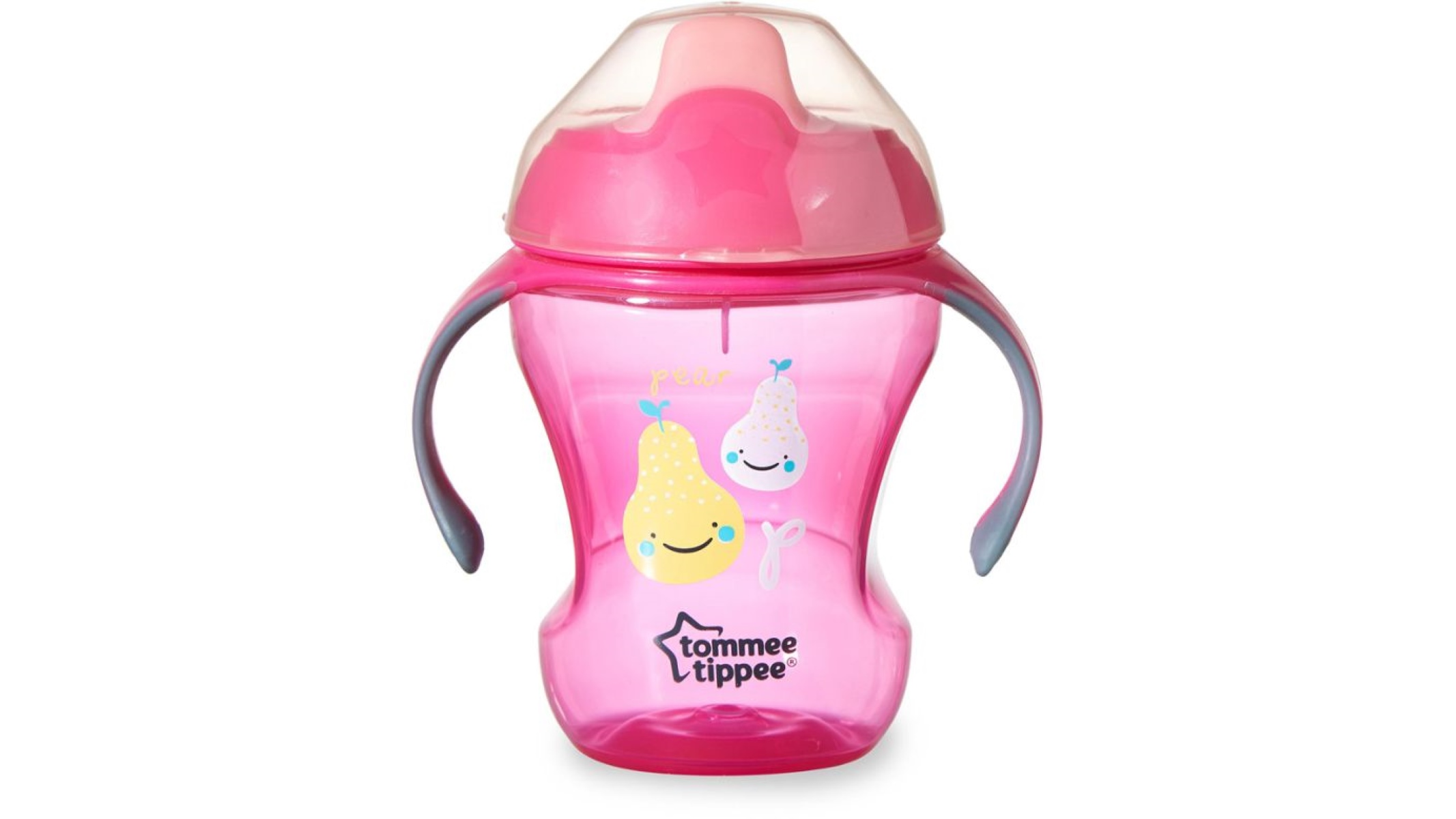
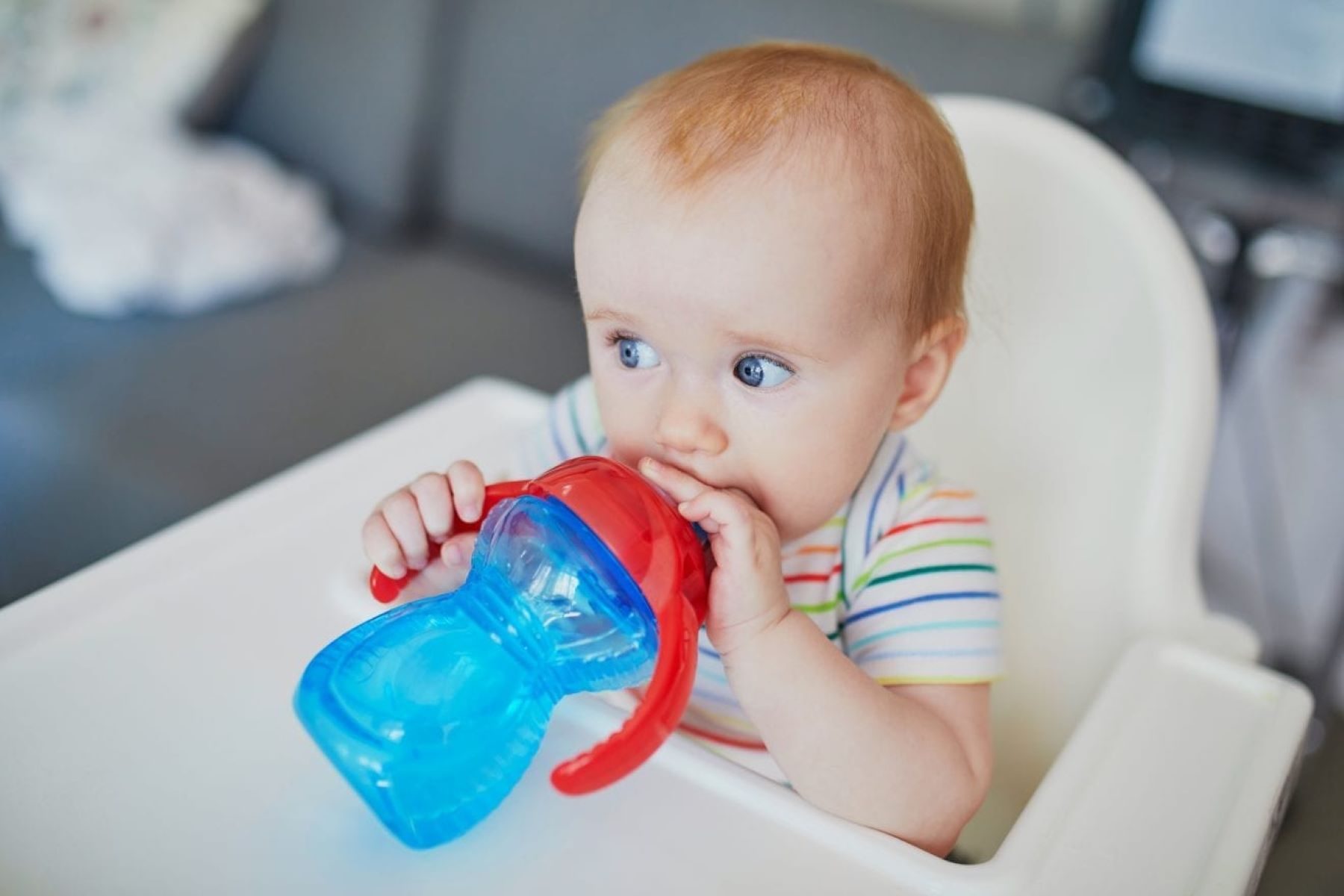
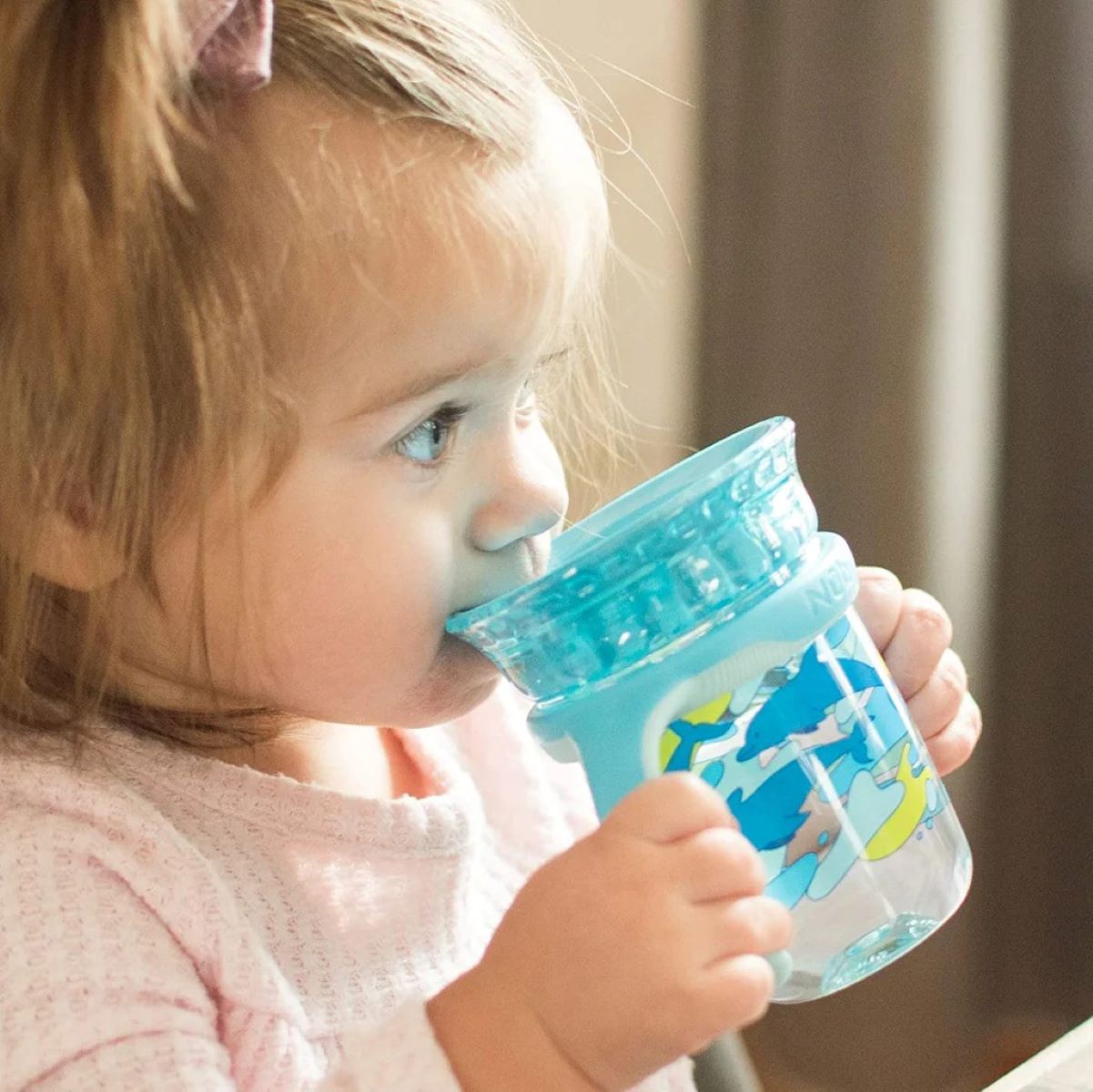
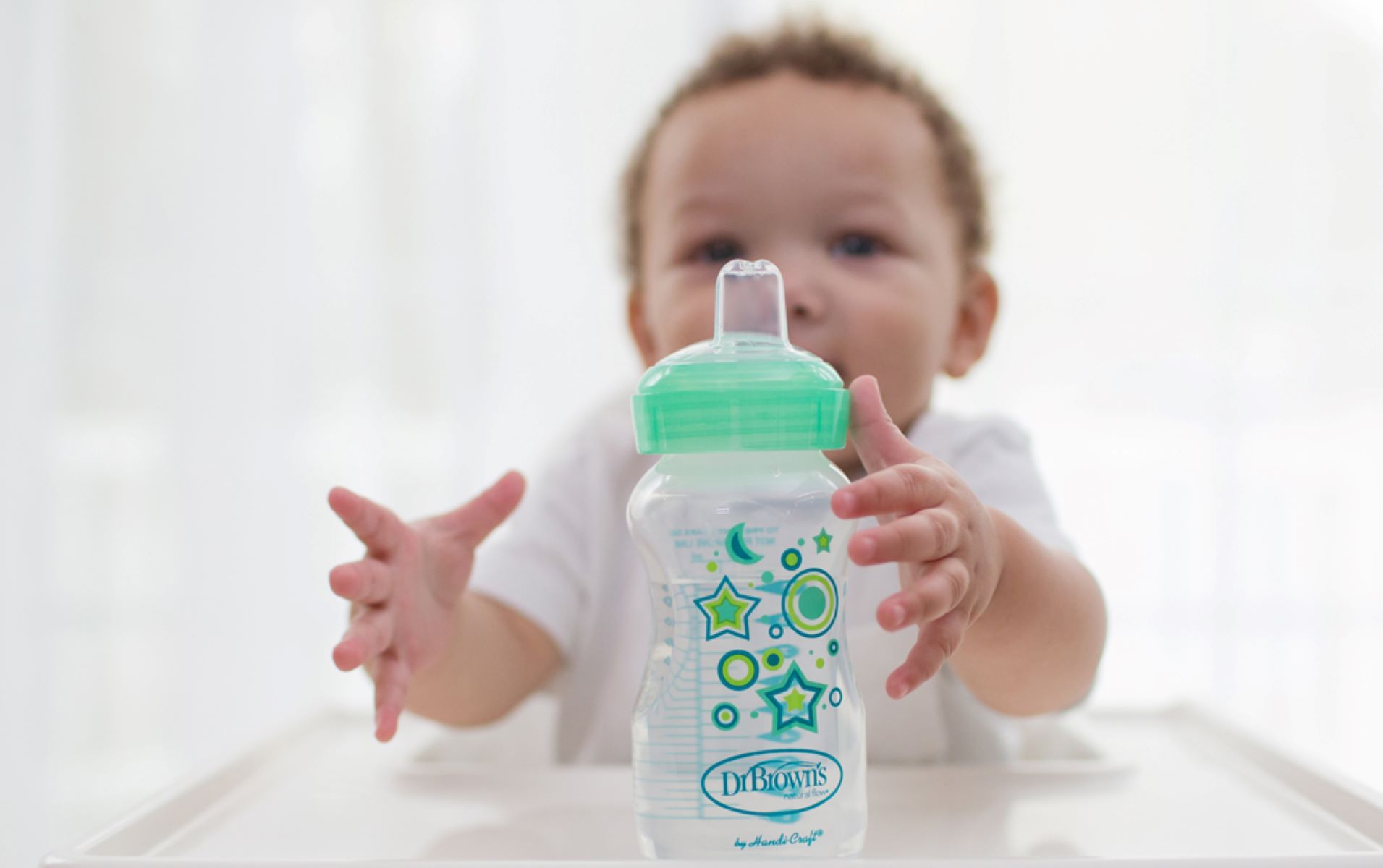
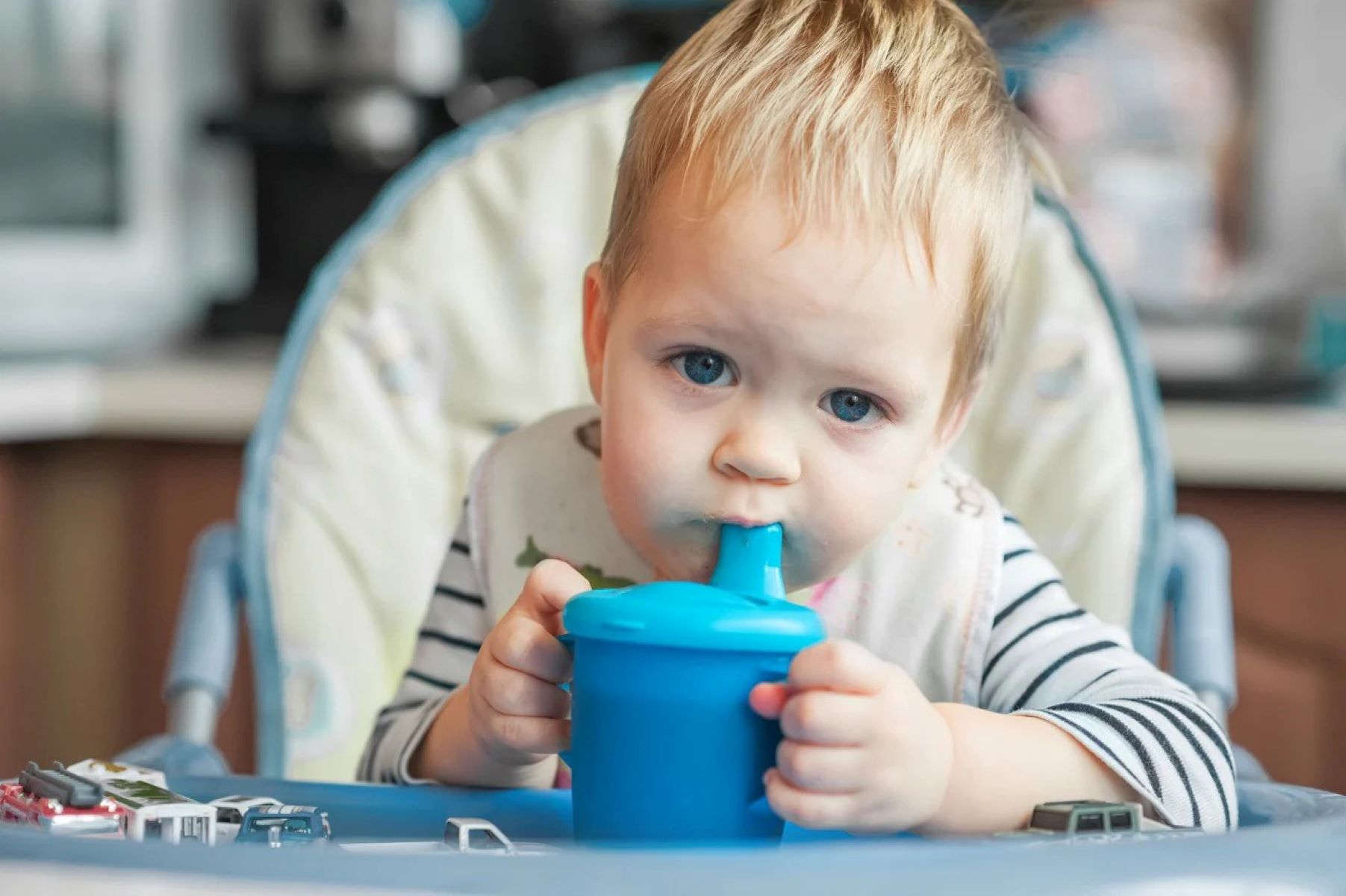
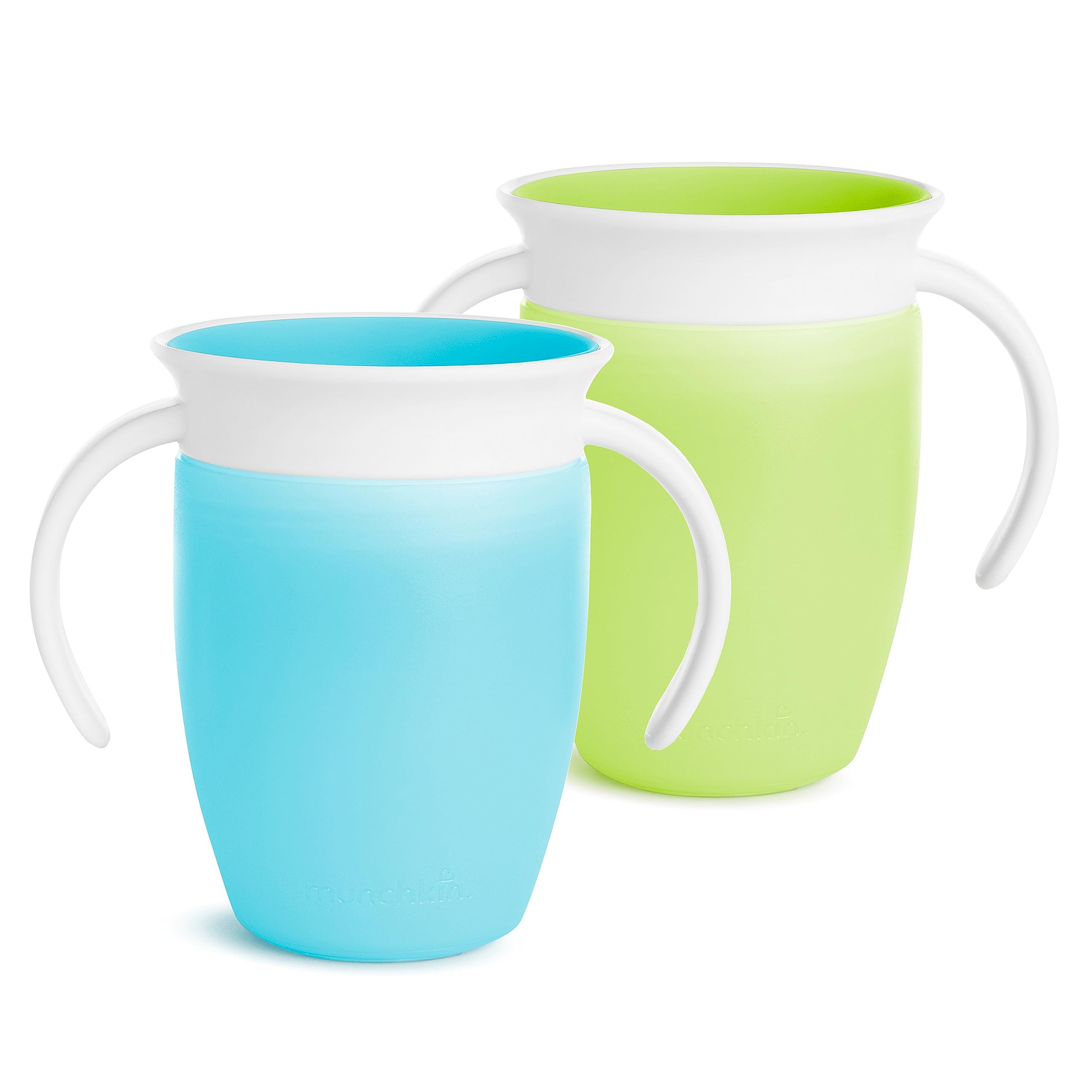
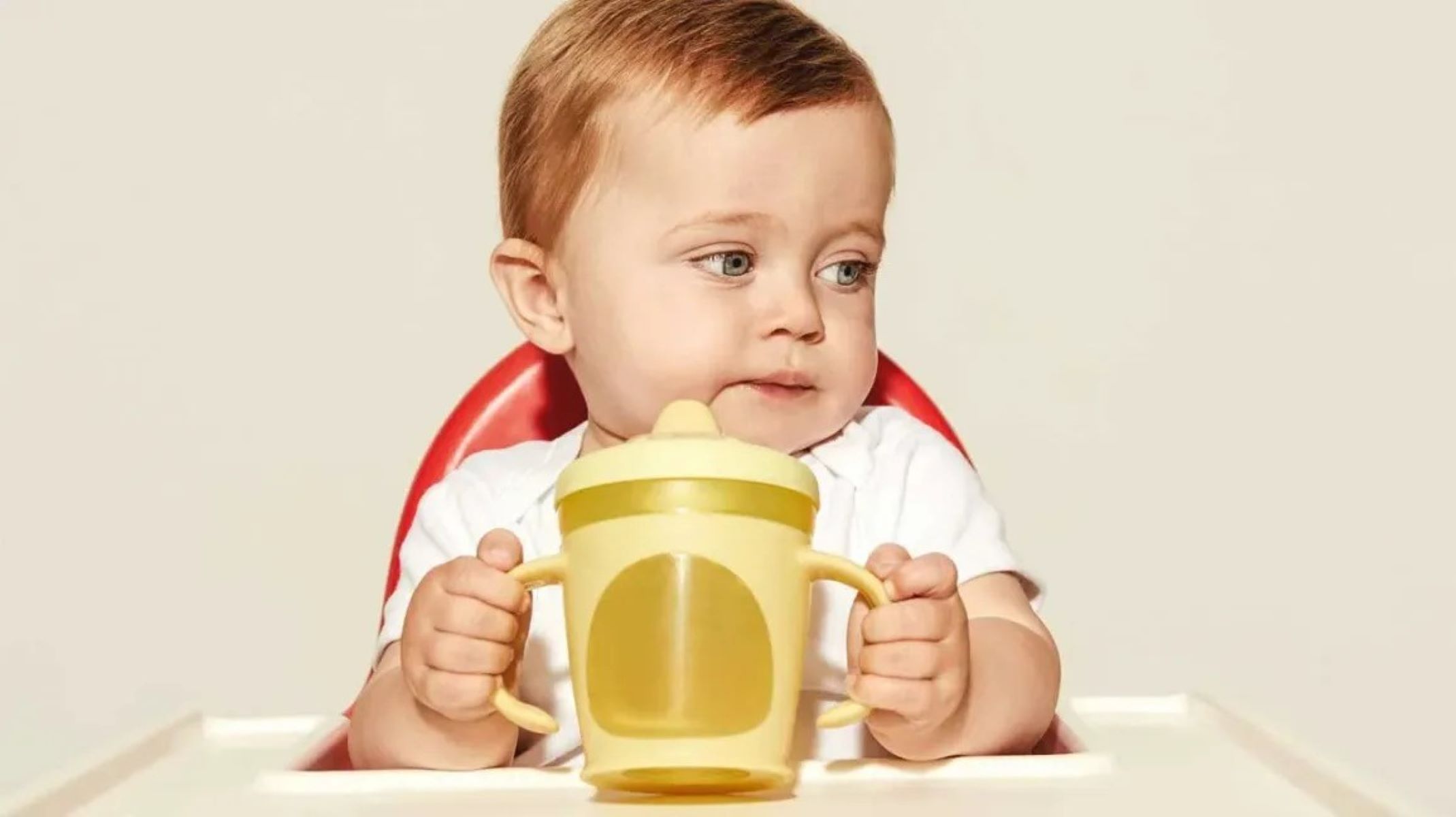
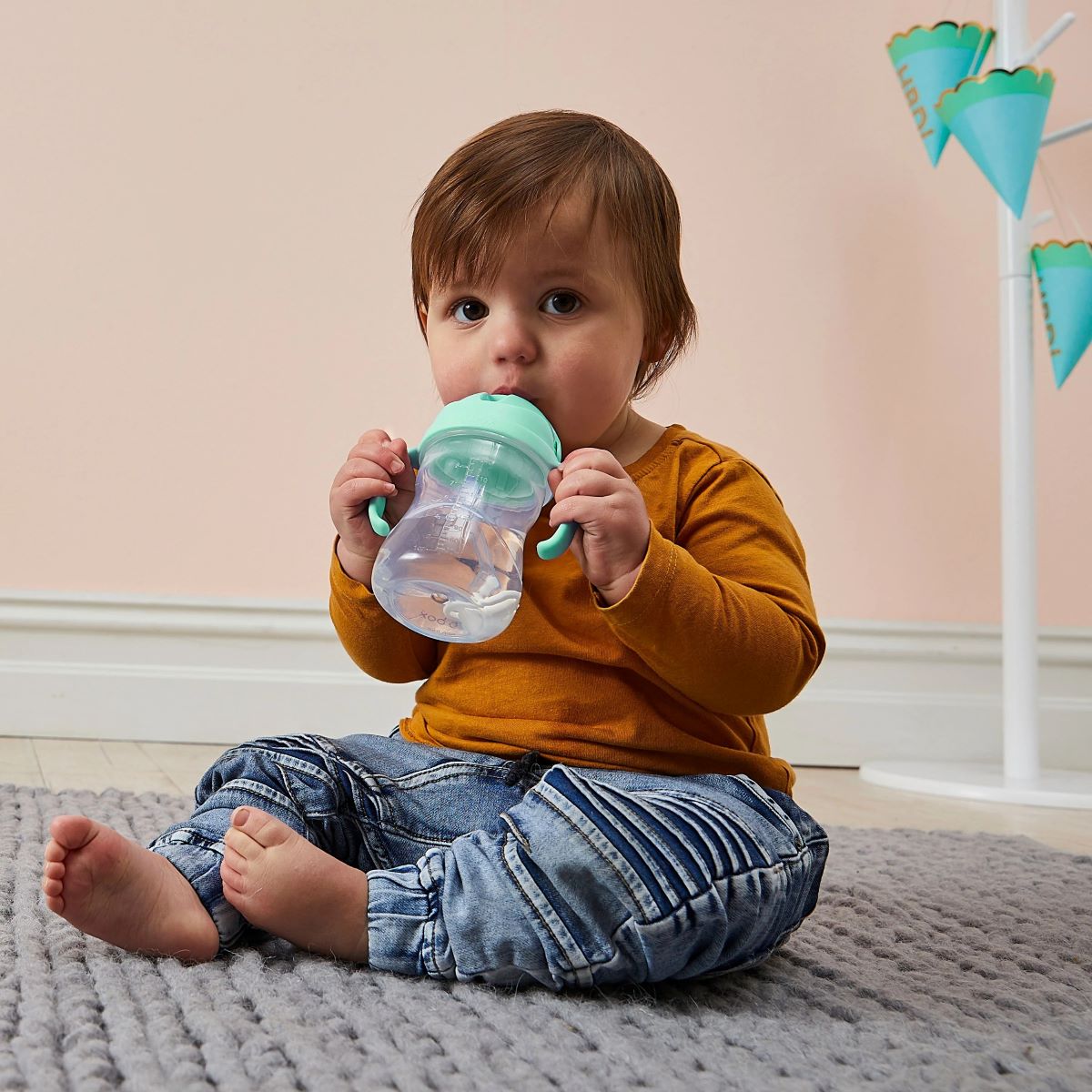
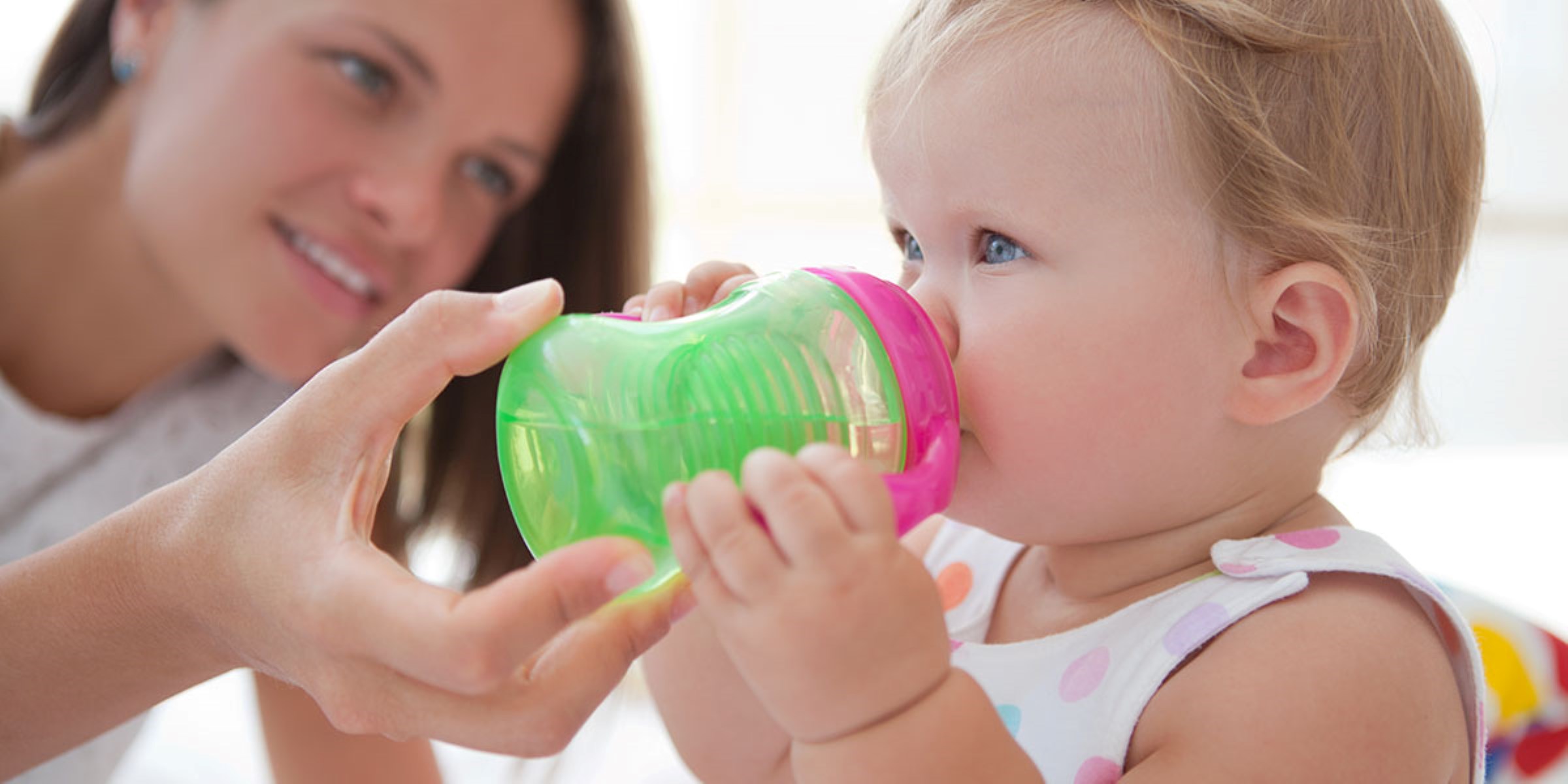
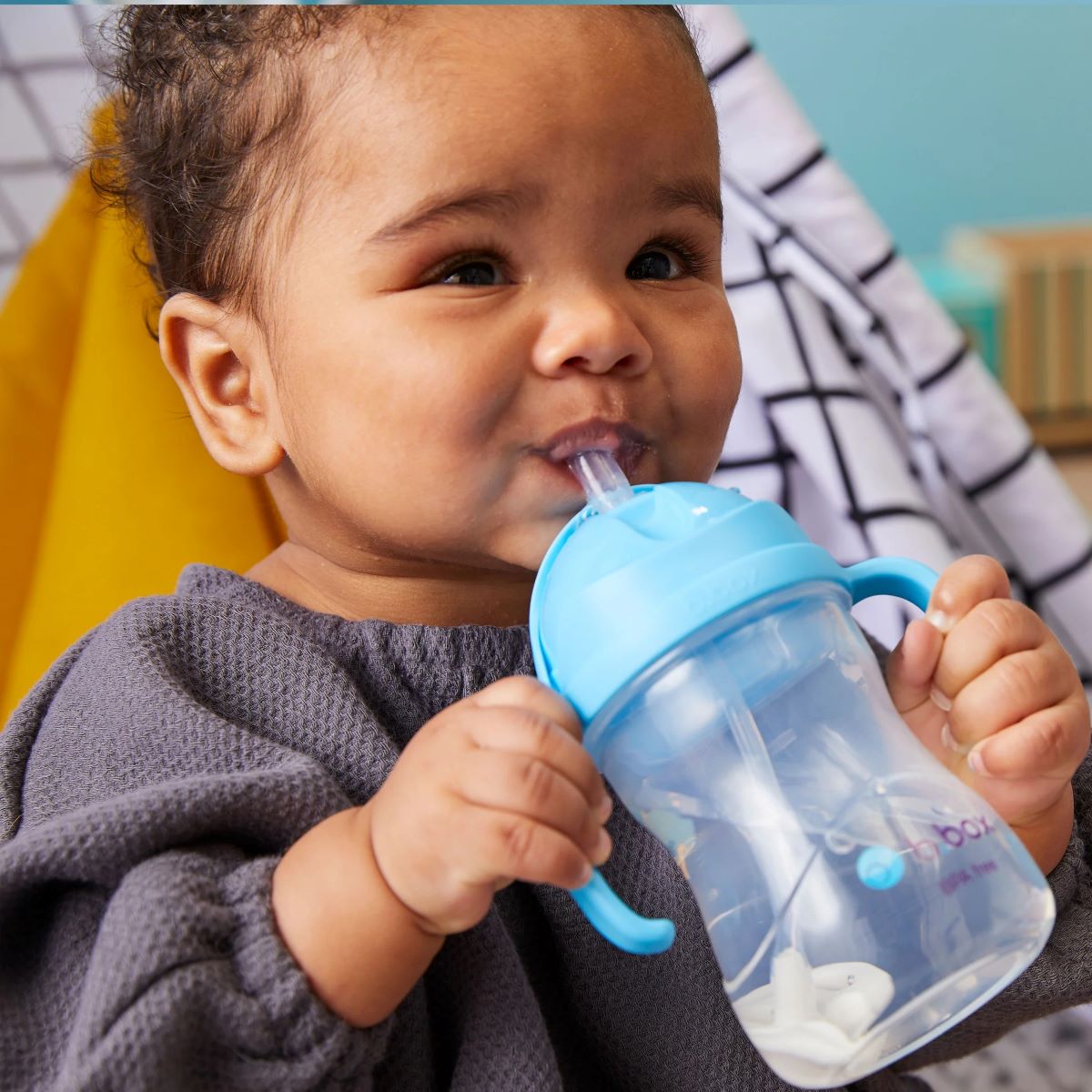

0 thoughts on “What Kind Of Sippy Cup Is Best?”